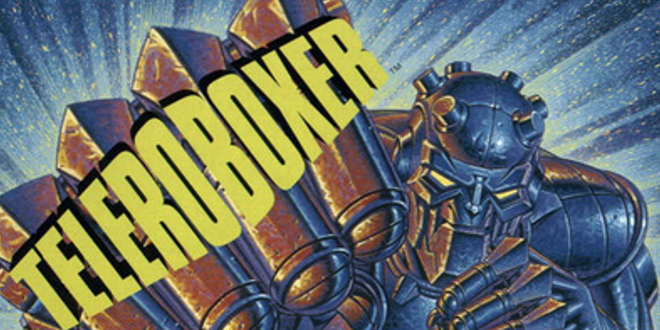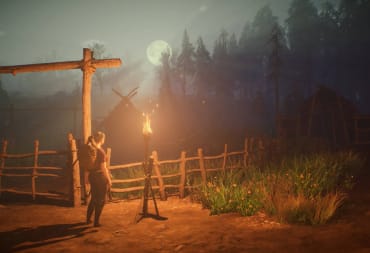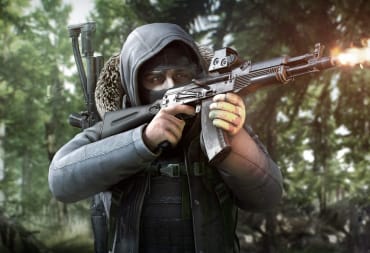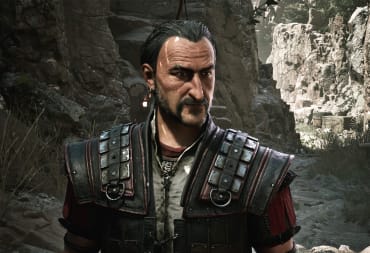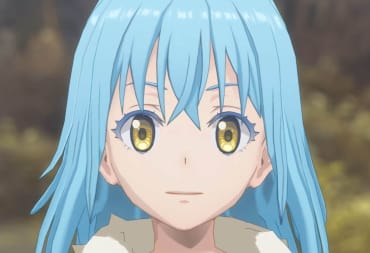When a game is released on a failed console system, it is destined to become obscure no matter what you do. As we saw with Doshin the Giant, there is a chance that a game can break through to a wider audience, but Doshin the Giant is more of the exception to the rule, finding success on another console after its release—not every game gets that chance to shine again. This especially applies to titles found on doomed consoles, such as Nintendo’s Virtual Boy.
All told, only 22 games were ever made for the console—14 of them being released in North America. Today, though, we are going to talk about one of these failures, a game that is arguably the only title in the Virtual Boy library to showcase what the 3D effects could actually do. That game is called Teleroboxer.
Released as one of the early launch titles of the Virtual Boy system, Teleroboxer was a very simple game: you fight robots in 3D boxing matches and advance in rank in your robot boxing league. Years ahead of its time from the movie Real Steel, Teleroboxer was essentially Punch-Out! on the Virtual Boy, borrowing similar design ideas from the popular Nintendo franchise to highlight the system's 3D capabilities.
Since the game was in first-person—one of only two titles to have a first person perspective—the main screens showcased well-designed robots that literally punch the player in the face for damage. What sells the 3D effect is the fact that the game simulates the fight through this perspective, as if the player was actually in the match against their opponent. Almost a reverse effect of 3D movies, Teleroboxer utilizes the 3-D novelty to make the game more dynamic and also more appropriate than the other games in the Virtual Boy library.
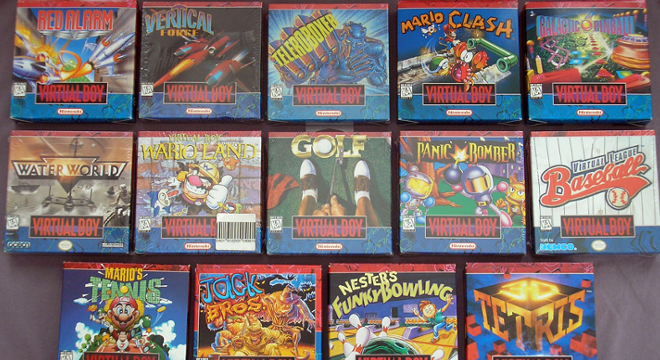
Part of the trick is the use of a parallax point of view. Parallax point of view is essentially an optical illusion that shows off the arrangement of objects on two different lines of sight. Teleroboxer, like several Virtual Boy games, used parallax lighting to help sell the illusion of 2-D drawings into a 3-D space. This influenced the design of Teleroboxer heavily; since all of your fights were a one-on-one contest, it was easy to focus on the details of your opponent, while keeping the backgrounds a literal blank screen so that your eyes wouldn't strain from too much overload.
It should be noted that the LED lighting on the Virtual Boy was also a hindrance to gameplay development. The designer of the Virtual Boy, famous developer Gunpei Yokoi, chose the red LED lights because it was relatively cheap in the early 1990s. A color picture was possible but extremely expensive, and part of the plan was to keep the Virtual Boy a low-cost system in terms of the technology—a feat that ultimately failed when it was released at $180 to the market. The price was too expensive for a handheld system, but too cheap for most console systems at the time.
Teleroboxer was also unique due to its controller scheme. The Virtual Boy controller sported two d-pads in its design, and each d-pad controlled one of your robot arms. Using the two d-pads in tandem allowed you to punch, block, uppercut and dodge, sometimes simultaneously. Like some games, the skill for Teleroboxer comes from mastering the controls and paying attention to the patterns of your opponents; players needed to maximize their advantages to pull ahead in the game.
This was seen as a primary flaw in official reviews of Teleroboxer. Many retrospectives also point this fact out when doing a quick take on the game. Neal Ronaghan for 1UP noted Teleroboxer’s “control and mechanics are too convoluted for their own good.” However, other reviews have given some praise to Teleroboxer since its release. IGN’s Patrick Kolan noted that the game is “fun and bitterly hard” despite the game feeling like it was rushed to release, also praising the game's graphical qualities as standing up after all these years.
Part of the fun of Teleroboxer is the actual challenge. Much like Punch-Out!, Teleroboxer is one large puzzle that the player needs to solve. When do you punch, where, and what tells do you wait for to maximize your damage. This challenge makes Teleroboxer perhaps the most difficult game to play on the Virtual Boy due to the actual gameplay challenge, over just simply terrible controls or graphics.
As we all know, it has been 20 years since the North American release of the console, and the Virtual Boy remains Nintendo’s greatest commercial failure worldwide. In its short lifespan, the console would only sell 770,000 units, force Nintendo to spend an estimated $25 million on advertising and a Blockbuster promotion to demo the console, and was eventually killed off by Nintendo less than a year later, in March of 1996. Subsequently, Yokoi would leave Nintendo to retire shortly after the Virtual Boy's failure, his last project being the release of the Game Boy Pocket in 1996.
https://www.youtube.com/watch?v=UbAcUi8DRfs
It is interesting to note that Yokoi did not want the Virtual Boy to be released as it was, feeling the system was inadequate and could be tweaked further. However, the Nintendo 64 was also in production at the time, and Nintendo wanted to focus resources on the Nintendo 64 over the Virtual Boy, so it was rushed to market.
Tragically, after retiring, Yokoi would pass away in a car crash in 1997. Yokoi would be responsible for the entire Game Boy line up, inventing both the Game and Watch and the Game Boy systems, the D-pad cross design, and producer of titles such as Kid Icarus and Metroid. He is also famous for his discussions on “Lateral Thinking of Withered Technology,” a game design philosophy that Nintendo still employs to this day. Yokoi argued that games do not have to be cutting edge to be good; so long as they have fun gameplay with different approaches to that gameplay, the title will be successful.
Nintendo would not finish their trials with 3D gaming with the Virtual Boy. The success of the Nintendo 3DS would bring back 3D in a way that was not only portable but accessible and much more detailed than the Virtual Boy. The Virtual Boy itself is growing into a cult system as well, with an active community and homebrew game market that now sports a library as long as the Virtual Boy official lineup. While most of the games are still a work in progress, it is a testament to the fanbase of the system that, despite the failures of the Virtual Boy, the system lives on for a dedicated group of gamers to play around with.
As for Teleroboxer, for my money it is the best game on the Virtual Boy system. The first-person perspective, challenging gameplay, well-done graphical presentation, and unique control scheme made it stand out among the other Virtual Boy titles. If anything, it is one of the few must own Virtual Boy games to really go after, and considering its status as one of the most common games for the system, it makes it an easy pick up for a dead system.
I hope you enjoyed this week's Games You Never Heard Of. If you have any comments or suggestions, please leave them below or contact me via twitter @LinksOcarina. Until then, see you next time!
Have a tip, or want to point out something we missed? Leave a Comment or e-mail us at tips@techraptor.net
